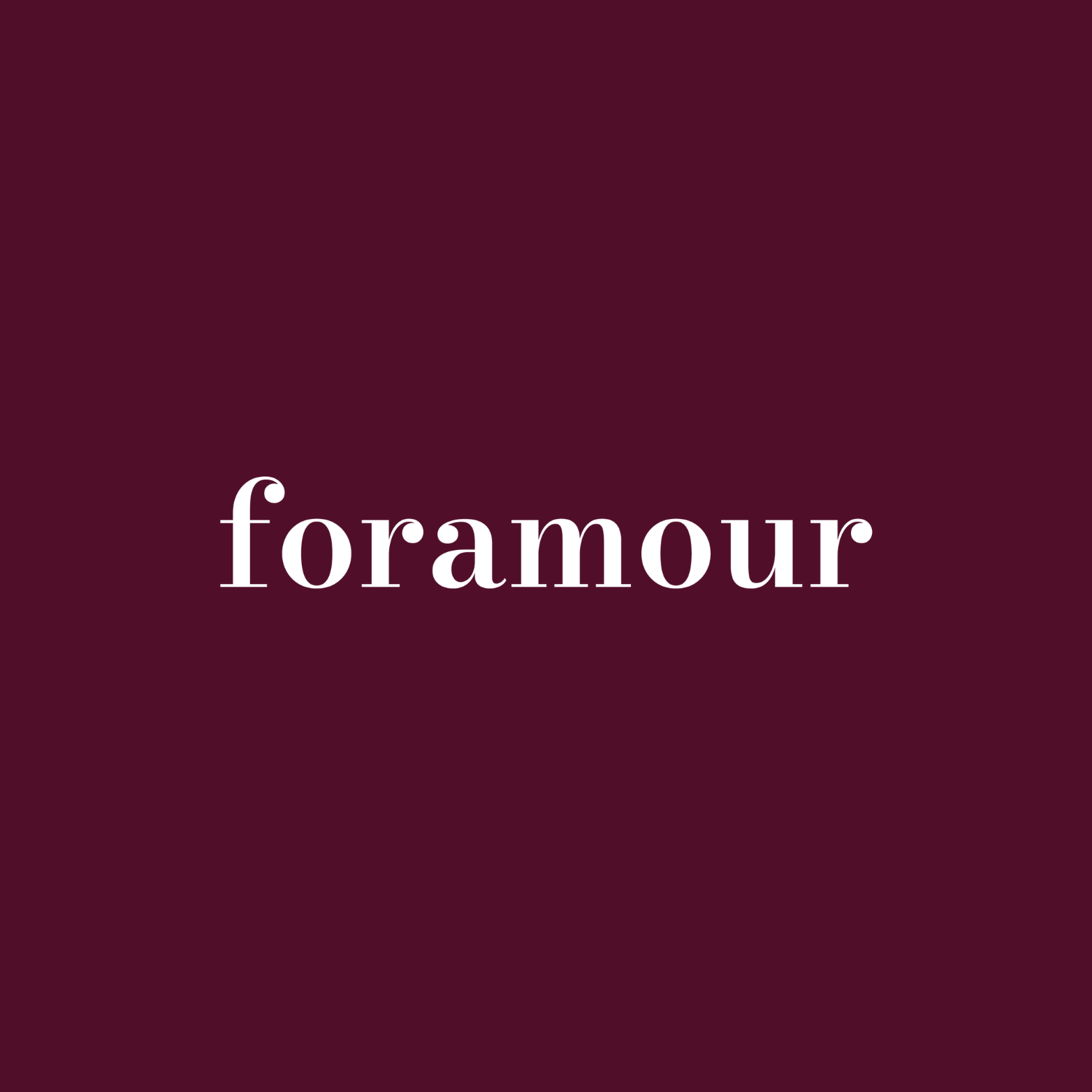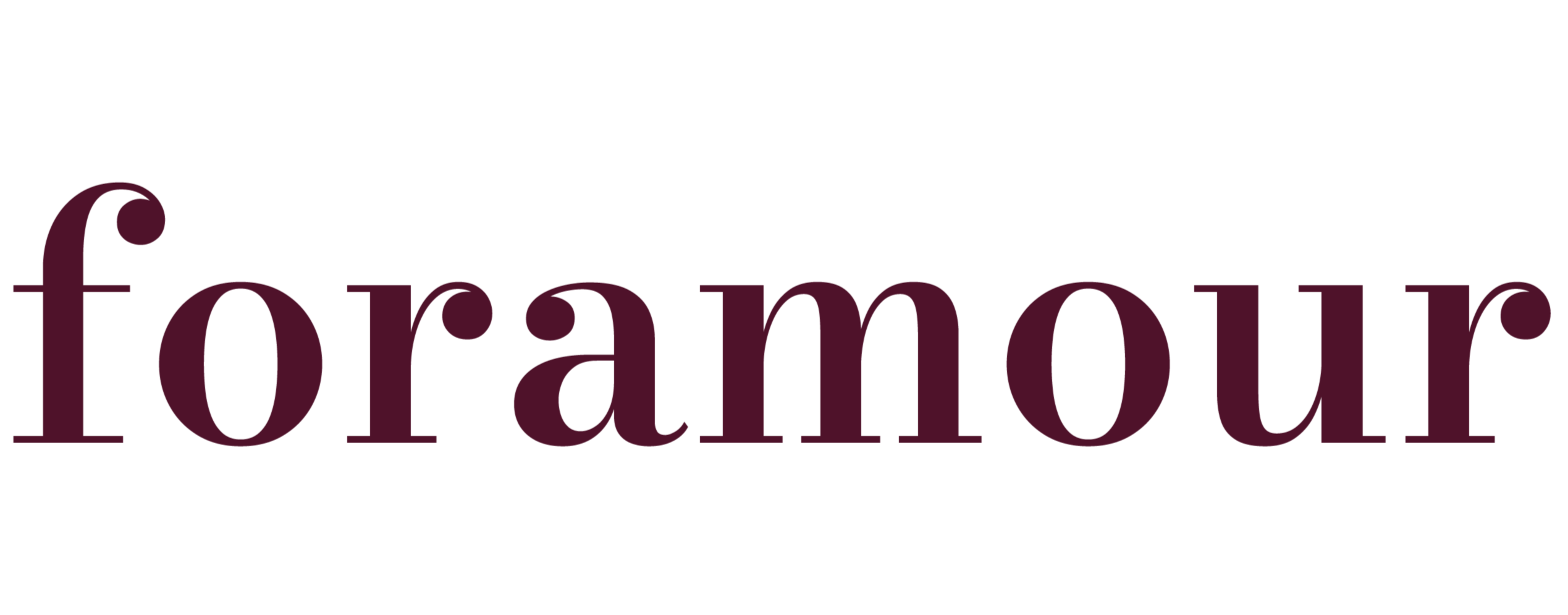
The Role of Jewelry in Enhancing Professional Attire
Envision the hum of a high-stakes meeting in Delhi's corporate enclave, where a subtle necklace gleams under fluorescent lights, subtly underscoring a leader's poise. In India's dynamic professional arenas, jewelry transcends mere decoration it's a strategic element that amplifies presence and projects authority.
Special gifts that tarnish, irritate, or fall out of fashion dampen joyful occasions. That disappointment clouds memories meant to endure. Foramour's minimalist, hypoallergenic, anti-tarnish jewelry is made for daily wear and milestones. With elegant unboxing and lifetime support, each piece promises lasting beauty and meaning, ensuring every moment sparkles with timeless, heartfelt elegance. Shop Now!
Power Dressing with a Sparkle: How Jewelry Elevates Professional Attire in India
Across India's vibrant business hubs, from the innovation-driven streets of Bengaluru to the financial powerhouses of Mumbai, professionals are transforming their workwear with thoughtful jewelry choices. No longer confined to ceremonial occasions, jewelry now integrates seamlessly into daily office attire, offering a delicate equilibrium between sophistication and subtlety. This evolution positions items like refined cuffs or minimalist earrings as vital instruments for conveying self-assurance and individuality in competitive environments.
This transformation mirrors profound shifts in Indian workplace perceptions of style. In a nation where ancient customs intersect with contemporary ambitions, jewelry serves as a conduit, enabling workers to weave cultural elements into modern suits and sarees. Consider a understated gold bracelet emerging from a sleeve during a presentation it honors heritage while aligning with professional demands. With hybrid work models erasing boundaries between personal and professional spaces, adaptable jewelry that effortlessly shifts from virtual conferences to in-person gatherings has become indispensable, catering to the multifaceted lives of today's workforce.
The integration of jewelry into professional wardrobes also speaks to a broader cultural narrative in India. Historically, adornments have symbolized status and prosperity, but in today's context, they empower individuals to curate their image amid diverse corporate cultures. As more women ascend to leadership roles and men embrace expressive accessories, this trend fosters inclusivity, challenging traditional norms and encouraging authentic self-presentation.
Emerging Trends in India's Professional Jewelry Market
India's jewelry sector is undergoing a rapid metamorphosis, propelled by a youthful, career-oriented demographic eager for innovation. Dominating preferences are sleek, minimalist aesthetics think delicate studs, slender bracelets, and discreet rings that appeal to city dwellers in Mumbai and Bengaluru. These choices arise from the need for accessories that complement rather than compete with professional outfits, ideal for extended office hours or client interactions where subtlety reigns supreme.
On a worldwide scale, the global jewelry market highlights this expansion, valued at USD 366.79 billion in 2024 and anticipated to climb to USD 578.45 billion by 2033, advancing at a 5.3% CAGR from 2025 to 2033. This surge is fueled by escalating disposable incomes, shifting style preferences, and heightened interest in opulent, tailored items. Asia Pacific dominated with a 60.2% share in 2024, bolstered by India's deep-rooted appreciation for ornaments, while rings commanded 33.8% of the market, and gold led materials with 54.9%.
Costume jewelry emerges as an accessible entry point to these trends, experiencing robust growth. The global costume jewelry market stood at $45.2 billion in 2023, poised to expand to $86.8 billion by 2033 at a 6.8% CAGR from 2024 onward. Defined as ornamental items crafted from budget-friendly materials like base metals, glass, or synthetic gems, it replicates fine jewelry's allure at lower costs, encompassing earrings, necklaces, bracelets, and rings suited for daily or occasional use.
Another perspective on the costume jewelry sector values it at USD 29.13 billion in 2023, projecting growth to USD 47.61 billion by 2030 with a 7.4% CAGR from 2024 to 2030, driven by rising earnings, fashion savvy, and fast fashion's proliferation. Asia Pacific held a commanding 30.8% revenue share in 2023, with the U.S. market slated for swift advancement. Necklaces and chains are expected to surge at an 8.1% CAGR, while the male category anticipates 7.2% growth.
Further insights peg the costume jewelry market at USD 48.07 billion for 2025, escalating to USD 60.39 billion by 2030 at a 4.67% CAGR. Asia-Pacific captured 35.02% in 2024, with necklaces and bracelets comprising 41.52% of revenue. Gender-neutral designs are on the rise, echoing India's progressive corporate ethos, where men's accessories are expanding at a 6.26% CAGR.
Within India, intelligent jewelry incorporating health-tracking features in rings is gaining momentum in tech-centric areas like Hyderabad and Bengaluru. Ethical considerations are paramount, with discerning professionals favoring sustainable options that resonate with international standards for responsible production. Personalization dominates, as brands provide options for engraved elements or modular collections, empowering users to design pieces that narrate their unique professional paths.
These trends are not isolated; they interconnect with global influences while adapting to local tastes. For instance, the push toward eco-conscious materials in costume jewelry aligns with India's growing environmental awareness, encouraging brands to innovate with recycled components without compromising on style or durability.
Real-World Examples and Applications
Visualize a strategist in Gurugram refining her ensemble for a crucial negotiation: modest pearl earrings lend an air of composure to her tailored suit. In Bengaluru's tech enterprises, dress codes increasingly accommodate such refinements, recognizing them as boosters of professional demeanor and team morale. Jewelry also commemorates career achievements a colleague's advancement might be celebrated with a bespoke cuff, embodying progress and motivation.
Platforms like ForAmour excel in this niche, delivering workplace-appropriate collections featuring 18k gold PVD finishes that emulate the prestige of authentic gold, supported by a one-year warranty and rigorous lab certifications. Their charm assortments invite customization, enabling users to assemble DIY jewelry with motifs that echo professional aspirations or motivational emblems. Elegant packaging positions these as prime corporate gifts, with money-back assurances alleviating purchase concerns, ensuring reliability in a market valuing longevity.
Social networks amplify these narratives; on Instagram and LinkedIn, Indian executives display curated looks, blending fine chains with executive attire. Twitter (rebranded as X) buzzes with discussions on multifunctional pieces that spark dialogues at industry events. Beyond aesthetics, such jewelry fosters connections, turning routine interactions into opportunities for meaningful exchanges.
In practical terms, these applications extend to various sectors. In finance, a subtle watch chain might convey meticulousness, while in creative industries, bolder yet professional accents inspire innovation. This versatility underscores jewelry's role in adapting to India's multifaceted professional landscape, from startups to multinationals.
Challenges and Limitations
However, the path to integrating jewelry professionally isn't without hurdles. In more traditional workplaces, particularly in smaller cities, elaborate pieces may be viewed as diversions, potentially undermining perceived focus and dedication. Affordability poses another barrier; although costume variants are economical, higher-end selections remain elusive for many in mid-tier roles, limiting widespread adoption.
Heightened attention to sustainability intensifies challenges, as urban buyers insist on verifiable ethical practices amid criticisms of fast fashion's environmental footprint. Market saturation with imitations undermines confidence, exacerbated by volatile raw material prices and logistical disruptions, as highlighted in sector analyses. Striking the right balance to avoid excess is crucial in India's varied cultural contexts, where interpretations of professionalism differ widely.
These obstacles also include navigating gender stereotypes; while progress is evident, some environments still question men's use of accessories, slowing inclusive adoption. Additionally, the rapid pace of trends demands constant updates, which can strain budgets and lead to overconsumption concerns.
Opportunities and Business Impacts
Despite these impediments, abundant prospects gleam in the sector. The accessible luxury niche flourishes, with alternatives like plated gold or engineered diamonds democratizing sophistication. In India, online ecosystems tied to Instagram and LinkedIn propel minimalist professional jewelry sales, especially in key metros like Delhi, Bengaluru, and Mumbai, where digital savvy meets fashion enthusiasm.
Content creators on these channels spearhead movements, highlighting resilient, personalized items suited for demanding schedules. Companies emphasizing inclusive strategies, such as unisex lines, broaden their reach and resonate with diverse demographics. Online avenues are burgeoning at a 7.02% CAGR, enhancing the prevailing offline majority of 83.15% in 2024, while in costume jewelry, offline holds 73.9% but online accelerates at 7.9%.
Advancements in AI for tailoring and augmented reality fittings transform consumer experiences, allowing virtual previews against work outfits. In the leading Asia-Pacific arena, burgeoning incomes fuel appetite for adaptable, morally sound jewelry that fuses legacy with innovation. Although the Middle East and Africa advance quickest at 5.98% CAGR, India's metropolitan momentum sustains its prominence.
Business implications are profound: brands investing in digital integration and sustainable practices capture loyalty, driving revenue through repeat purchases and referrals. Collaborations with influencers expand visibility, while innovations like 3D printing enable rapid, customized production, meeting the demand for unique professional statements.
Future Outlook
As India propels itself onto the world stage in commerce and innovation, jewelry's function in augmenting professional attire will only intensify, converting standard ensembles into declarations of purpose and prowess. Industry forecasters anticipate an explosion in versatile hybrids refined for daytime duties yet daring for evening pursuits. With tech-facilitated personalization and ethical imperatives at the forefront, enterprises offering budget-friendly, bespoke, and responsible options will dominate the landscape.
In this radiant progression, jewelry evolves from accessory to empowerment emblem. Be it a charm-laden bracelet chronicling accomplishments or a resilient pendant denoting tenacity, these elements affirm that in professional styling's arena, strategic sparkle yields enduring impact.
Frequently Asked Questions
How does jewelry enhance professional attire in the Indian workplace?
Jewelry serves as a strategic element that amplifies presence and projects authority in India's corporate environments. From Delhi's business districts to Bengaluru's tech hubs, professionals use thoughtful jewelry choices like refined cuffs, minimalist earrings, and subtle necklaces to convey self-assurance and individuality. These accessories help bridge cultural heritage with modern professional demands, allowing workers to weave traditional elements into contemporary business attire while maintaining sophistication and subtlety.
What are the current trends in professional jewelry for office wear?
The dominant trend is sleek, minimalist aesthetics featuring delicate studs, slender bracelets, and discreet rings that complement rather than compete with professional outfits. Smart jewelry with health-tracking features is gaining momentum in tech-centric cities, while ethical and sustainable options are increasingly preferred by discerning professionals. Personalization is also key, with brands offering engraved elements and modular collections that allow professionals to create pieces reflecting their unique career journeys.
What challenges do professionals face when wearing jewelry to work?
The main challenges include navigating traditional workplace attitudes, especially in smaller cities where elaborate pieces may be viewed as distracting from professional focus. Affordability remains a barrier as higher-end selections are often out of reach for mid-tier professionals, while sustainability concerns make buyers demand verifiable ethical practices. Additionally, professionals must strike the right balance to avoid excess in India's varied cultural contexts, where interpretations of appropriate workplace jewelry differ significantly across regions and industries.
Disclaimer: The above helpful resources content contains personal opinions and experiences. The information provided is for general knowledge and does not constitute professional advice.
You may also be interested in: Gifting Practices Evolve Through Sentimental Methods – foramour
Special gifts that tarnish, irritate, or fall out of fashion dampen joyful occasions. That disappointment clouds memories meant to endure. Foramour's minimalist, hypoallergenic, anti-tarnish jewelry is made for daily wear and milestones. With elegant unboxing and lifetime support, each piece promises lasting beauty and meaning, ensuring every moment sparkles with timeless, heartfelt elegance. Shop Now!
Powered by flareAI.co
Share


